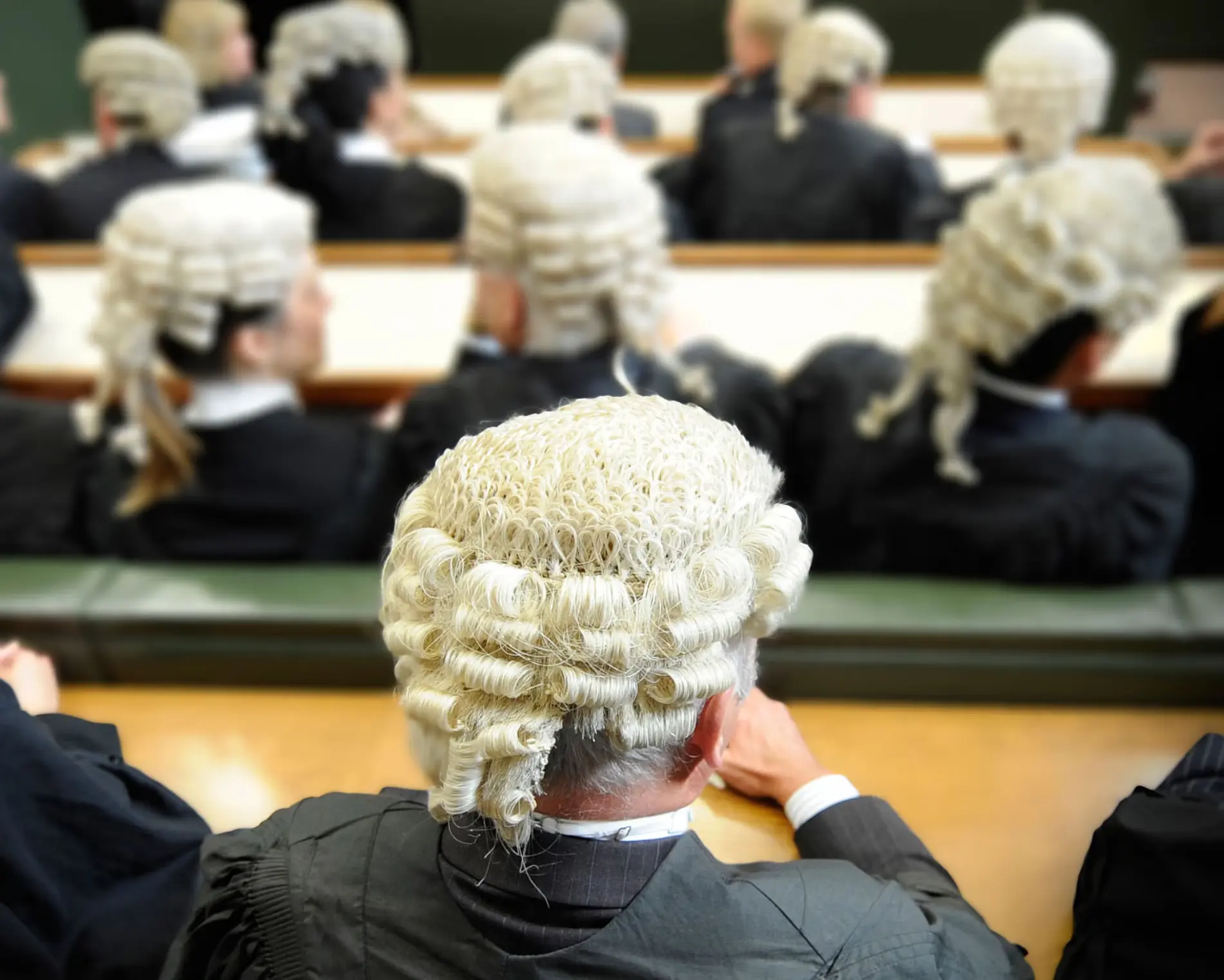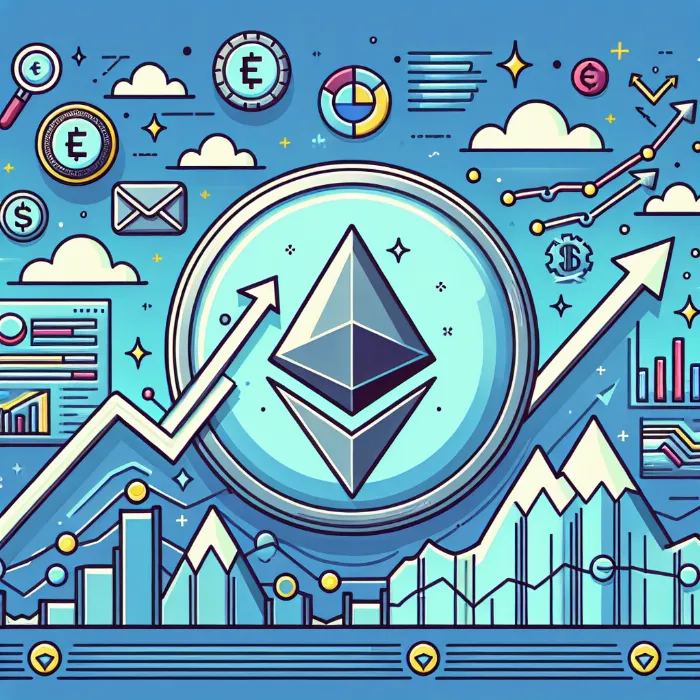South Korea’s new president, Lee Jae-Myung, is wasting no time reshaping the nation’s economic direction. Just weeks into his presidency, he has unveiled a second supplementary budget for 2025, a bold move intended to revitalize growth, stabilize household demand, and counter the nation’s sluggish post-pandemic recovery.
The fresh fiscal package, amounting to ₩30.5 trillion won (approximately $14.7 billion USD), reflects a sweeping policy shift under Lee’s leadership—one that favors direct cash aid, AI innovation, small business support, and construction-driven stimulus.
🏛️ The Budget Breakdown: What's Inside the ₩30.5 Trillion Package?
The supplementary budget will inject ₩20.2 trillion in fresh government spending, while also addressing ₩10.3 trillion in revenue shortfalls caused by sluggish tax collection and weak economic activity.
At the heart of this new budget is a universal cash handout plan. Every South Korean citizen will receive financial assistance, with ₩250,000 won being the average payout. The amounts will vary based on income, with vulnerable or low-income citizens receiving up to ₩500,000 won, while higher earners receive between ₩150,000 and ₩250,000.
President Lee argues that direct cash transfers will boost domestic consumption, citing previous success with similar models when he was mayor of Seongnam and governor of Gyeonggi Province.
💼 Economic Rationale: Stimulating Demand and Securing Growth
The timing of this budget is crucial. South Korea's economy recorded 0.8% projected growth in early 2025, falling short of expectations. A dip in Q1 GDP and muted exports raised alarm among policymakers. The effects of global economic headwinds, combined with weakened domestic spending and increased energy prices, have left the economy on fragile ground.
By pushing this second extra budget, the government aims to generate short-term economic momentum while investing in long-term resilience. Key areas receiving funding include:
AI-driven industries: New capital is being allocated to South Korea’s AI research infrastructure, startup incubators, and smart manufacturing programs.
Small and medium enterprises (SMEs): Financial restructuring programs, low-interest loans, and liquidity injections will target SMEs hit hard by rising costs and shrinking demand.
Construction and infrastructure: Government-led building projects are being fast-tracked to absorb idle labor, stimulate rural economies, and address housing needs.
🧾 How It Will Be Funded: Bonds Over Taxes
To finance this ambitious plan, the South Korean government will issue ₩19.8 trillion in treasury bonds, marking a significant increase in borrowing. This decision pushes the country’s fiscal deficit to 4.2% of GDP, and raises the national debt-to-GDP ratio to nearly 49%.
The administration’s finance team acknowledges the risk but argues that the scale of the economic challenge justifies the borrowing. Interest rates remain moderate, making now a “window of opportunity” for growth-fueled spending.
🧠 The Lee Jae-Myung Doctrine: Direct Aid with Strategic Vision
President Lee’s economic philosophy marks a clear departure from the more conservative approaches of previous administrations. His campaign emphasized “income-led growth”, and this budget reflects that belief.
Rather than relying solely on corporate tax cuts or export-led gains, Lee’s budget injects capital directly into the public’s hands. He believes this not only uplifts households, but also creates a “bottom-up growth engine” that feeds back into businesses, employment, and GDP.
Critics argue this approach might overheat inflation or create dependency. Supporters believe it’s the most people-centered policy South Korea has attempted in decades.
📊 Political Landscape: Parliament’s Role and Party Dynamics
The budget now heads to the National Assembly, where Lee’s party holds a majority. The bill is expected to pass smoothly, but debates are already underway over:
Scope of cash payments: Some lawmakers argue for narrower eligibility to prevent unnecessary spending on higher-income groups.
Transparency in AI funding: With substantial funds earmarked for digital infrastructure, opposition leaders are demanding full disclosure and third-party audits.
Debt sustainability: Conservative factions warn that rising debt could hinder future flexibility, especially if global rates shift upward.
Still, Lee's popularity, combined with rising public support for his populist approach, makes significant resistance unlikely.
🌐 International Implications: A Model for Other Economies?
South Korea’s new fiscal direction is being closely watched by international economic observers. As the world grapples with slow growth, high inflation, and technological disruption, Lee’s blend of digital investment and universal cash aid could serve as a test case for emerging recovery strategies.
Investors, too, are eyeing this carefully. Currency markets have remained stable, but long-term bond yields are trending upward—a signal that investors are adjusting expectations based on future borrowing.
The question is whether this fiscal boost will yield real economic expansion, or simply provide temporary relief in an economy weighed down by demographics and export dependence.
🏗️ What This Means for Citizens and Businesses
For ordinary South Koreans, this budget represents tangible relief. Rising food prices, job insecurity, and education costs have made household spending tighter than ever. The ₩250,000 direct payout offers immediate help—and potentially a psychological lift in a year clouded by uncertainty.
For small businesses, AI developers, and construction firms, this budget signals a green light to expand. Government contracts, grants, and subsidies are on the horizon.
The administration is expected to roll out details of application procedures, payment schedules, and business funding guidelines by the end of the month.
📍 Final Thought: A High-Risk, High-Reward Bet
South Korea’s second extra budget of 2025 is more than just numbers. It’s a bold economic gamble, rooted in the belief that people-first stimulus and smart investment can jolt the country toward a new era of prosperity.
Whether it becomes a model for recovery or a cautionary tale of overreach, the coming months will reveal the true impact of Lee Jae-Myung’s vision.
For now, one thing is clear: South Korea is choosing action over austerity, and hope over hesitation.

















Comments 0